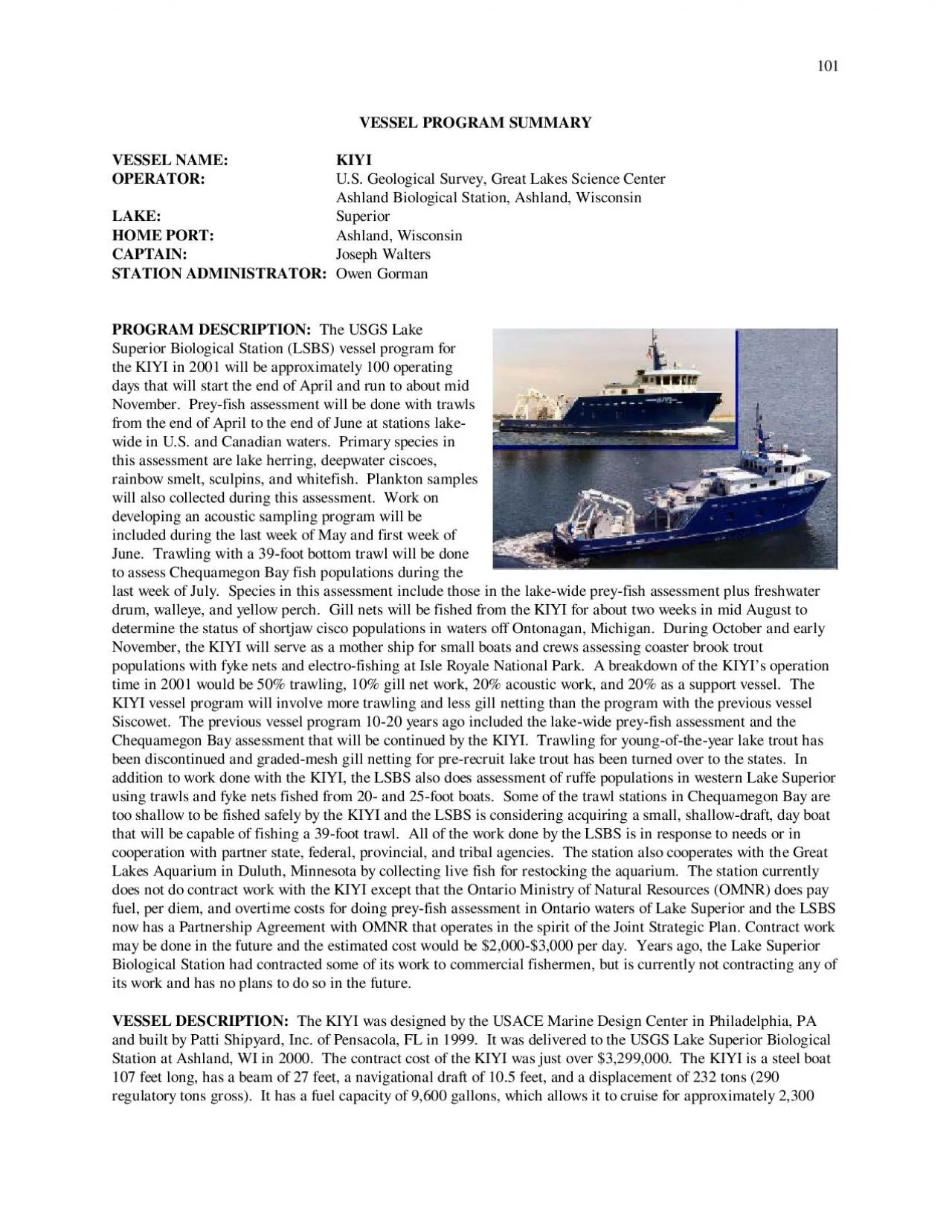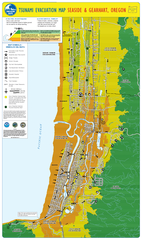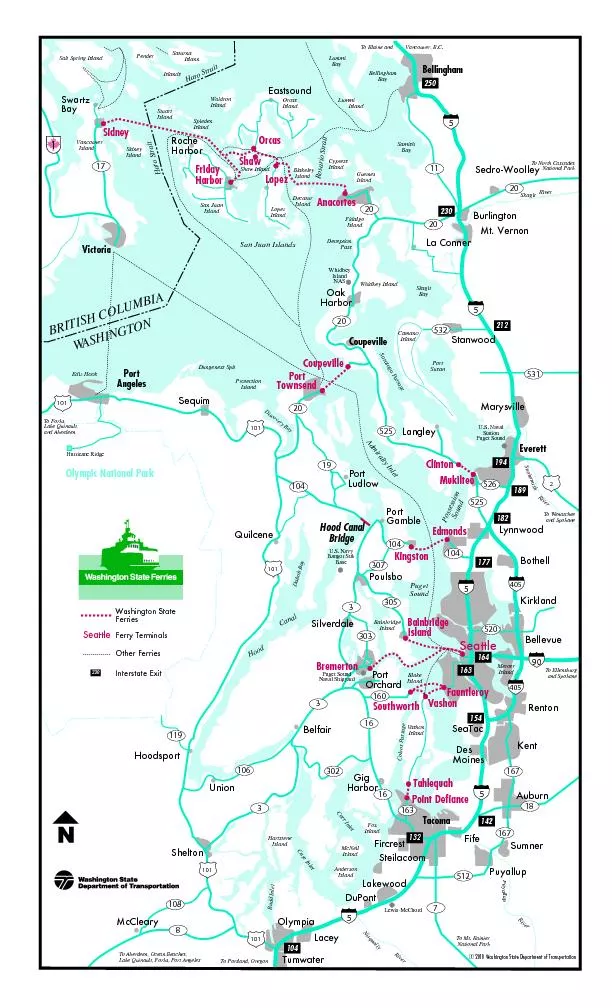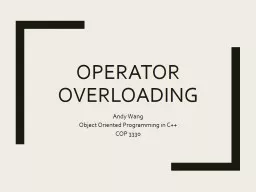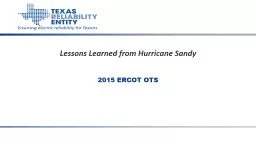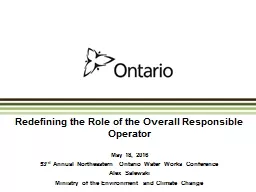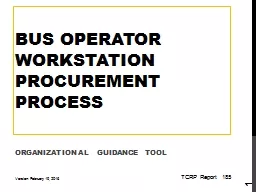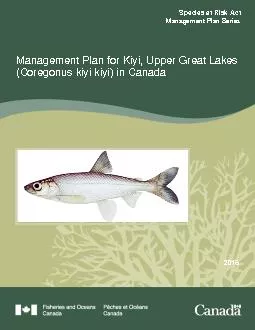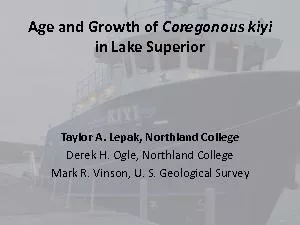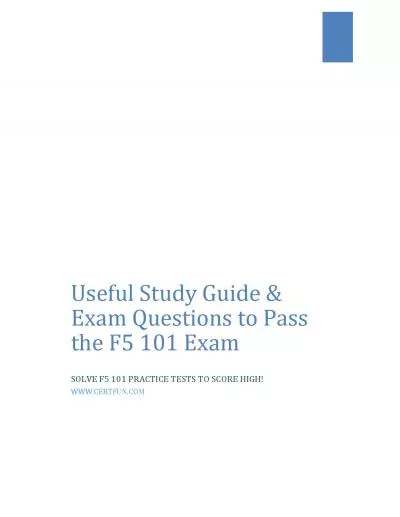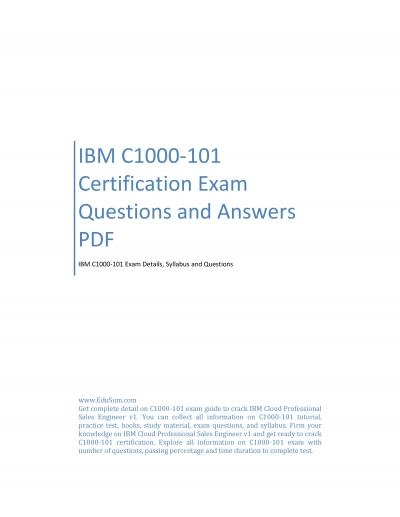PDF-101 VESSEL PROGRAM SUMMARY VESSEL NAME: KIYI OPERATOR: U.S. Ge
Author : bella | Published Date : 2021-01-05
102 miles and 8 days 200 hrs of continuous operation between refueling The KIYI has five staterooms with accommodations for 9 people 35 heads a galley with a sink
Presentation Embed Code
Download Presentation
Download Presentation The PPT/PDF document "101 VESSEL PROGRAM SUMMARY VESSEL NAME:..." is the property of its rightful owner. Permission is granted to download and print the materials on this website for personal, non-commercial use only, and to display it on your personal computer provided you do not modify the materials and that you retain all copyright notices contained in the materials. By downloading content from our website, you accept the terms of this agreement.
101 VESSEL PROGRAM SUMMARY VESSEL NAME: KIYI OPERATOR: U.S. Ge: Transcript
Download Rules Of Document
"101 VESSEL PROGRAM SUMMARY VESSEL NAME: KIYI OPERATOR: U.S. Ge"The content belongs to its owner. You may download and print it for personal use, without modification, and keep all copyright notices. By downloading, you agree to these terms.
Related Documents

